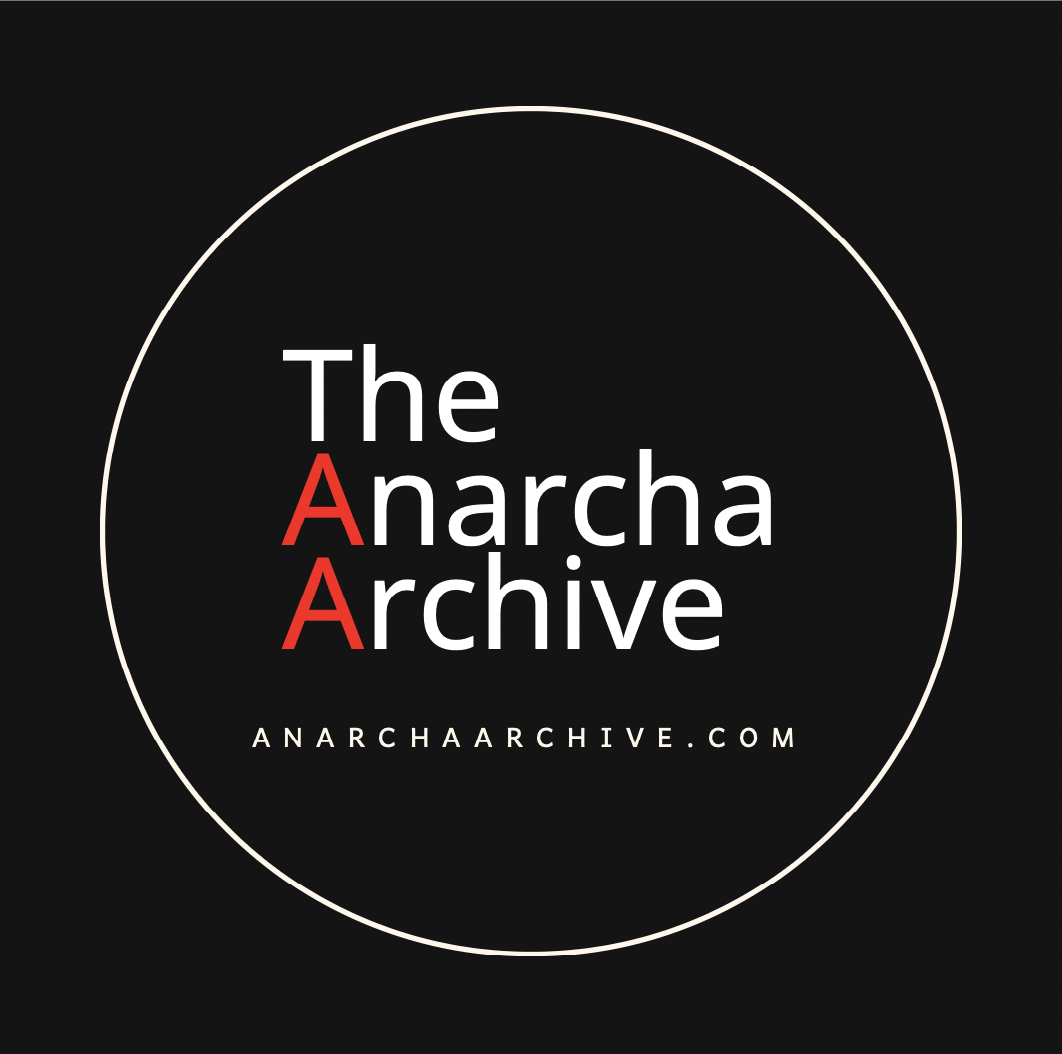“…found him inside with two students…”
“…and six bodies…”
“Ropes and dirtied digging utensils…”
“…stepped on a human ear…”
“…a jawbone was discovered…”
“The head of the wool merchant’s wife…”
“…put on trial…”
“…could not be proven.”
“…the school’s great surgical gun.”
“He graduated.…”
“…extraction of the lens…”
“…a case of osteosarcoma…”
“…gingerbread and taffy.”
“…cesarean sections on the same woman…”
“…science of reproduction.”
“Sims was left confirmed…”
“Mary R.…”
“…rickets and a fall…”
“The twist of her femurs…”
“…found him inside with two students…”
Pattison, F. L. M. (1987). Granville Sharp Pattison: Anatomist and antagonist, 1791-1851. Tuscaloosa, Ala: University of Alabama Press, pp. 34-35.
“…and six bodies…”
Pattison, F. L. M. (1987). Granville Sharp Pattison: Anatomist and antagonist, 1791-1851. Tuscaloosa, Ala: University of Alabama Press, p. 35.
“Ropes and dirtied digging utensils…”
Pattison, F. L. M. (1987). Granville Sharp Pattison: Anatomist and antagonist, 1791-1851. Tuscaloosa, Ala: University of Alabama Press, p. 35.
“…stepped on a human ear…”
Pattison, F. L. M. (1987). Granville Sharp Pattison: Anatomist and antagonist, 1791-1851. Tuscaloosa, Ala: University of Alabama Press, p. 35.
“…a jawbone was discovered…”
Pattison, F. L. M. (1987). Granville Sharp Pattison: Anatomist and antagonist, 1791-1851. Tuscaloosa, Ala: University of Alabama Press, p. 35.
“The head of the wool merchant’s wife…”
Pattison, F. L. M. (1987). Granville Sharp Pattison: Anatomist and antagonist, 1791-1851. Tuscaloosa, Ala: University of Alabama Press, p. 35.
“…put on trial…”
Pattison, F. L. M. (1987). Granville Sharp Pattison: Anatomist and antagonist, 1791-1851. Tuscaloosa, Ala: University of Alabama Press, p. 39.
“…could not be proven.”
Pattison, F. L. M. (1987). Granville Sharp Pattison: Anatomist and antagonist, 1791-1851. Tuscaloosa, Ala: University of Alabama Press, p. 52.
“…the school’s great surgical gun.”
SIMS, J. Marion, (1885). The Story of my Life, ed. by H. Marion-Sims. D. Appleton & Co: New York, p. 135.
“He graduated…”
Gayley, J. F. (1858). A history of the Jefferson Medical College of Philadelphia. Philadelphia: J.M. Wilson, p. 27.
“…extraction of the lens…”
Gayley, J. F. (1858). A history of the Jefferson Medical College of Philadelphia. Philadelphia: J.M. Wilson, p. 27.
“…a case of osteosarcoma…”
Gayley, J. F. (1858). A history of the Jefferson Medical College of Philadelphia. Philadelphia: J.M. Wilson, pp. 28-29.
“…gingerbread and taffy.”
Much later in the book, General McClellan and Sims reunite in Paris, shortly after McClellan’s loss in the 1864 presidential election.
SIMS, J. Marion, (1885). The Story of my Life, ed. by H. Marion-Sims. D. Appleton & Co: New York, p. 135.
“…cesarean sections on the same woman…”
“Observations on the Caesarean Operation, accompanied by the relation of a Case in which both Mother and Child were Preserved,” Joseph Nancrede, The American Journal of the Medical Sciences, Vol. 16, No. XXXI, May 1835, p. 351.
“…science of reproduction.”
As will soon become evident, the ability to reproduce underscored every innovation Sims attempted to make. This would be as true for vesico-vaginal fistula, which would make fistulous enslaved women once again capable of sustaining a marriage (and bearing more children), as for operations for dysmenorrhea or vaginismus, which promised to make coitus fruitful or possible, respectively. For the same reason, Sims would eventually perform experiments in artificial insemination.
“Sims was left confirmed…”
Although Sims does not mention either Gibson or his double-cesarean in any of his own writings (though Gibson appears in one of Sims’s earliest publications), it’s unlikely he would not have heard of the celebrated operations. Sims’s dramatic aversion to women’s health is mysterious, and otherwise goes unexplained in his autobiography and biography. Both for this case, and for Gibson’s much publicized feuds, Sims would certainly have known of him. Furthermore, Charles Bell Gibson, Gibson’s son, will appear later in the book and will be among the first to attempt Sims’s fistula procedure. Charles Bell Gibson performed additional experiments on Anarcha in Richmond.
“On the Extraction of Foreign Bodies from the Meatus Auditorius Externus,” J. Marion Sims, The American Journal of the Medical Sciences, April 1845, p. 18.
“Mary R.…”
“Account of a Case in which the Caesarean Section, performed by Prof. Gibson, was a second time successful in saving both mother and child,” George Fox, The American Journal of the Medical Sciences, May 1838, p. 13.
“The Operation of Gastro-Hysterectomy (True Caesarean Seciton), Viewed in the Light of American Experience and Success…” Robert P. Harris, The American Journal of the Medical Sciences, April 1878, p. 316.
“…rickets and a fall…”
Harris’s piece identifies Reybold as one of a number of richetic dwarfs to have undergone cesarean section over a period of decades.
“Account of a Case in which the Caesarean Section, performed by Prof. Gibson, was a second time successful in saving both mother and child,” George Fox, The American Journal of the Medical Sciences, May 1838, p. 13.
“The Operation of Gastro-Hysterectomy (True Caesarean Seciton), Viewed in the Light of American Experience and Success…” Robert P. Harris, The American Journal of the Medical Sciences, April 1878, p. 316.
“…the twist of her femurs…”
“Account of a Case in which the Caesarean Section, performed by Prof. Gibson, was a second time successful in saving both mother and child,” George Fox, The American Journal of the Medical Sciences, May 1838, p. 13.













